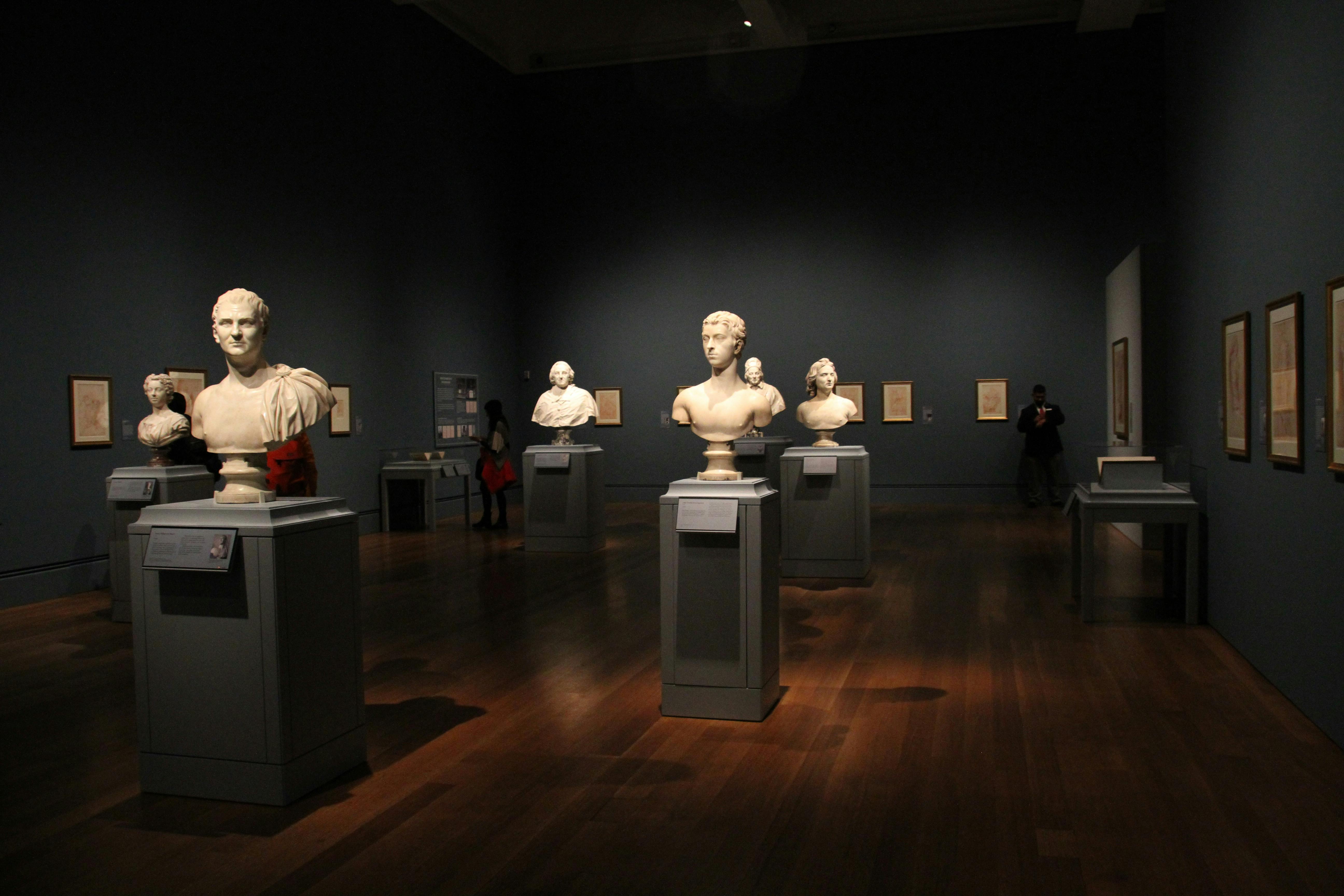"In the Spotlight: The Increasing Popularity of Digital Art Galleries"
The digital realm has become increasingly entwined with the art world, and nowhere is this more apparent than in the rise of digital art galleries. This article dives deep into the history, current trends, and the cultural significance of this digital phenomenon.

The Genesis of Digital Art Galleries
Digital art galleries have their roots in the early days of the internet. As early as the 1990s, artists and curators began to experiment with the potential of the internet as a new space for the creation and display of art. This was a time of significant technological change, with the widespread availability of personal computers and the explosion of the internet, which created new opportunities for creative expression.
Riding the Wave of Technology
Fast forward to the current day, and technology has continued to evolve at an astonishing pace. The advent of smartphones and tablets has made the internet more accessible than ever before, and this has had a significant impact on the world of digital art galleries. High-quality digital displays and high-speed internet connections have made it possible to view art in stunning detail, from anywhere in the world.
The Virtual Gallery Experience
At the heart of the digital gallery experience is the ability to view art without the physical constraints of a traditional gallery. This has opened up new possibilities for artists and curators, who can now create virtual exhibitions that transcend physical boundaries. For example, some digital galleries allow visitors to navigate through 3D virtual spaces, offering a completely new perspective on the art.
A New Era for Art Accessibility
Another key advantage of digital galleries is their potential for accessibility. In the traditional art world, geographic location, opening hours, and entrance fees can all be barriers to access. Digital galleries, on the other hand, are accessible to anyone with an internet connection, at any time of the day or night. This has the potential to democratize access to art, making it possible for anyone to experience high-quality exhibitions, regardless of their location or financial situation.
The Future of Digital Art Galleries
As technology continues to advance, it seems certain that the role of digital galleries in the art world will only increase. Already, we are seeing the emergence of virtual reality (VR) and augmented reality (AR) technologies in the art world, which offer exciting new possibilities for the creation and display of digital art. At the same time, the increasing recognition of digital art as a legitimate form of artistic expression is likely to further fuel the growth of digital galleries.
In conclusion, the rise of digital art galleries represents a significant shift in the world of art. By harnessing the power of technology, these virtual spaces are redefining what it means to experience art, opening up new possibilities for artists and art lovers alike. As we move further into the digital age, it’s clear that digital art galleries are here to stay.




